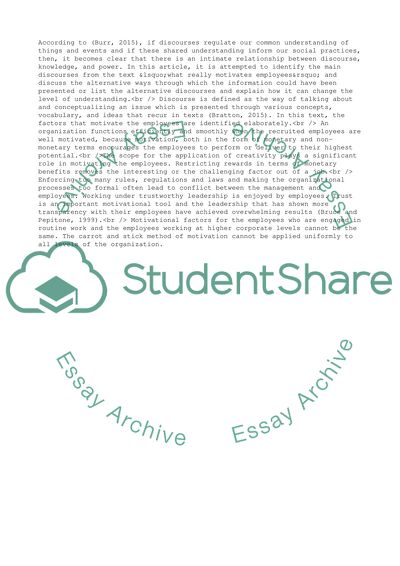Cite this document
(Introduction to Work and Organizational Behaviour Case Study, n.d.)
Introduction to Work and Organizational Behaviour Case Study. Retrieved from https://studentshare.org/management/1698629-discourse-analysis
Introduction to Work and Organizational Behaviour Case Study. Retrieved from https://studentshare.org/management/1698629-discourse-analysis
(Introduction to Work and Organizational Behaviour Case Study)
Introduction to Work and Organizational Behaviour Case Study. https://studentshare.org/management/1698629-discourse-analysis.
Introduction to Work and Organizational Behaviour Case Study. https://studentshare.org/management/1698629-discourse-analysis.
“Introduction to Work and Organizational Behaviour Case Study”, n.d. https://studentshare.org/management/1698629-discourse-analysis.


